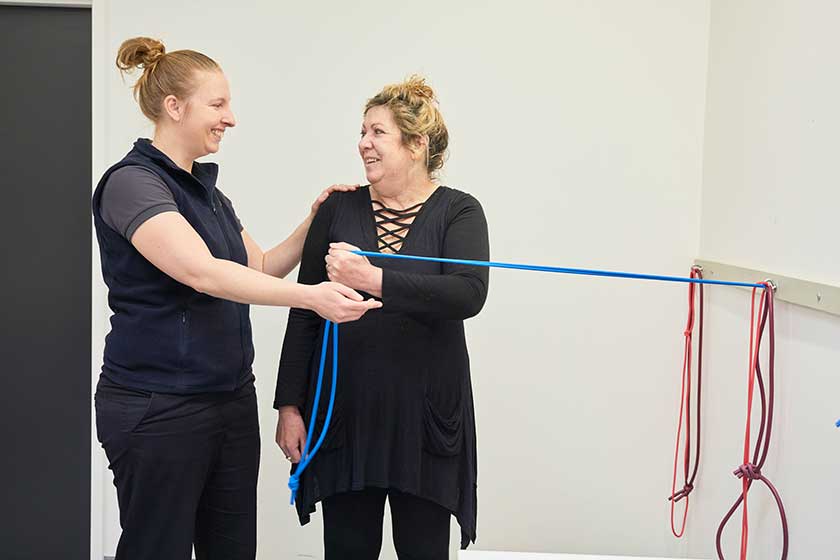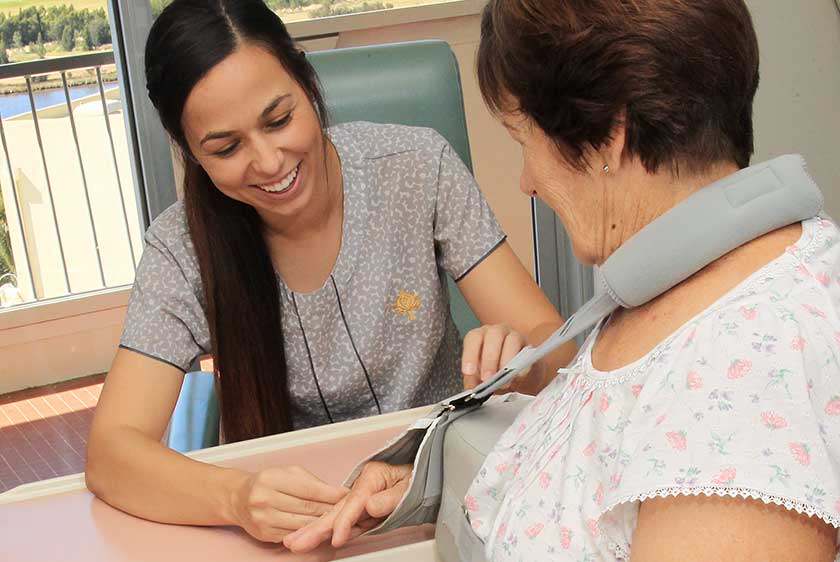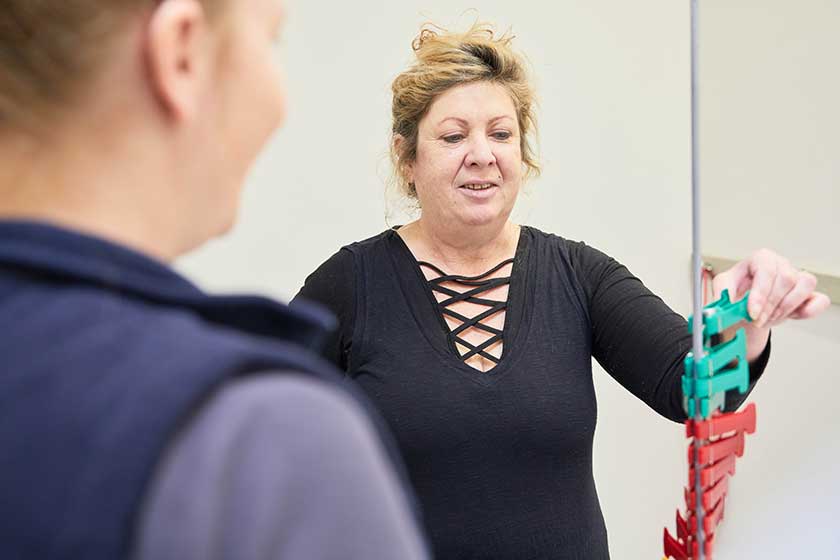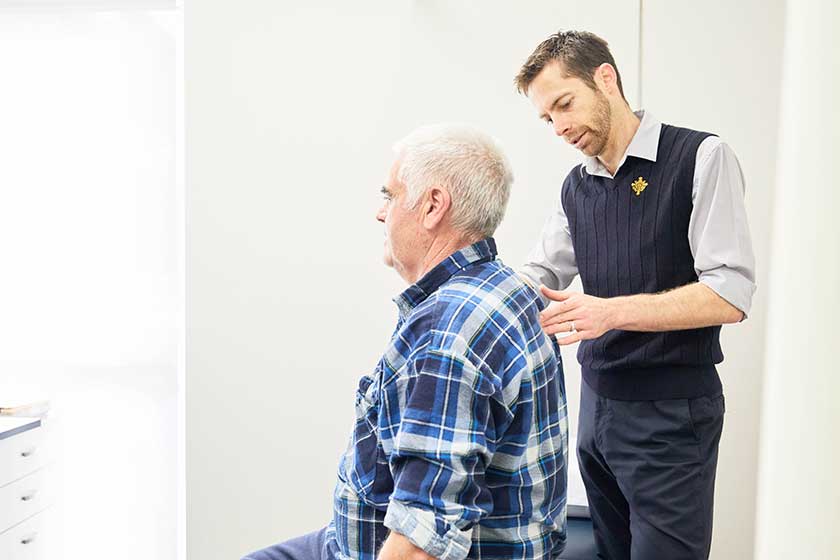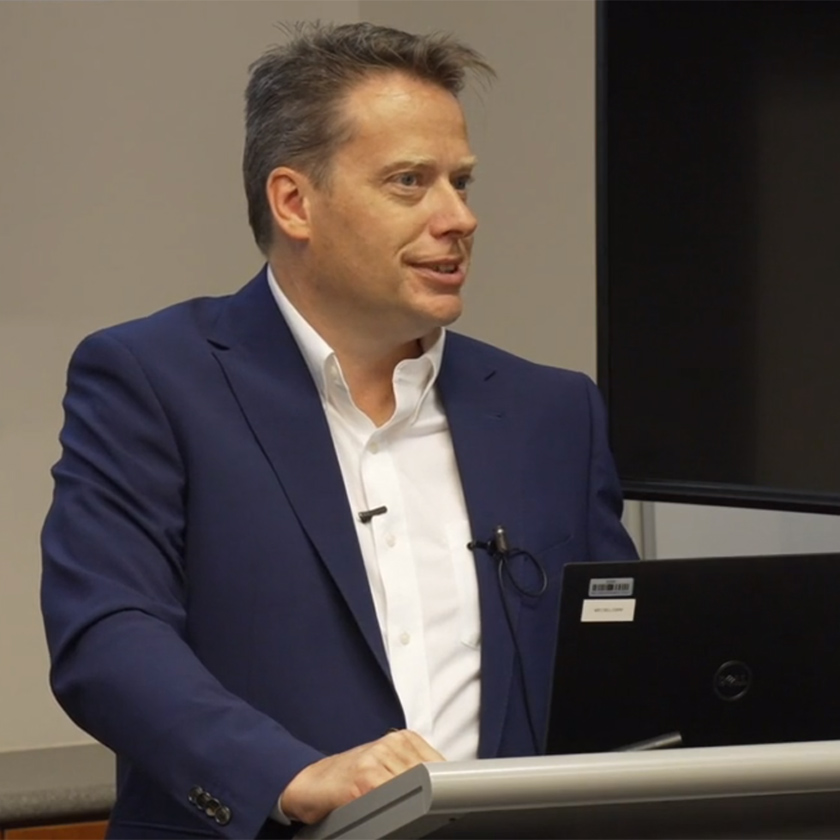What is tennis elbow?
Tennis elbow, or lateral epicondylitis, is degeneration or tearing of the tendons (the things that attach your muscles to your bone) on the outside of your elbow.
I don’t play tennis, how did I get it?
Tennis elbow is caused by the tendons of the muscles in your forearm, which are responsible for extending your wrist and hand, not being able to cope with forces applied to them. Over time, the tendons can become damaged or torn.
You can get tennis elbow by doing activities where you need to extend your wrist and forearm, such as playing tennis (hence the name).
However it is not just limited to tennis players – it can occur through any activity that involves repetitive wrist extension and loading both work and non-work related.
Trauma to the outside of the elbow can also be an initiating factor in the development of tennis elbow.
How would I know if I have tennis elbow?
The symptoms of tennis elbow include:
- swelling of the elbow
- stiffness in the elbow
- pain when you touch the elbow (on the outer side)
- pain in the forearm muscles, which may increase when you grip or extend the wrist
- weakness in the forearm, wrist or hand.
What should I do if I think I have tennis elbow?
If you think you have tennis elbow, your general practitioner (GP) can assess your arm.
If the diagnosis is not clear you may be sent for scans such as an ultrasound or an MRI to help determine the cause of your pain and symptoms.
Your GP may offer a range of treatment options, including rehabilitation and if necessary, refer you to an orthopaedic surgeon for further treatment.
Treating the symptoms of tennis elbow as soon as possible is important, as ignoring your symptoms can lead to further damage and delay in recovery.
Is there any way to avoid tennis elbow?
Some people are more at risk of developing tennis elbow, but there are a few things you can do to avoid it.
Your job
If you have a job where your tasks are very forearm-dependant, it is important to take regular breaks. If you do repetitive movements over a long time, you might consider different ways of doing each task so that you are not always using the same muscles.
Playing sport
If you regularly play sports which use your forearm and wrist a lot such as tennis or squash, it is important that you are using the proper technique and equipment. This not only improves your game, it also reduces your risk of injury. If possible, talk to an expert who can give you some pointers.
Strengthening your muscles
Maintaining overall arm strength ensures a more even spread of the load throughout your muscles and tendons when you are doing things. Regular exercise, particularly weight training to strengthen your upper arm and shoulder is a great way to achieve this. Remember to warm up/cool down and stretch when exercising or playing sport.
Avoid re-injuring your arm
If you have had a previous elbow injury or if your job is very forearm-dependant, wearing a support such as a brace or splint helps keep your elbow safe. Take it off when not working or playing sport though to prevents stiffness.
Make adaptions
Make sure your equipment and workstation are comfortable, such as using tools with larger grips to remove some of the strain and extra cushioning on handles to reduce the impact on your joints. At your desk, keep everything within easy reach to avoid having to over extend your arm and avoid movements that involve too much wrist flexion.
Any surgical procedure carries risks. Make sure you discuss all possible risks with an appropriately qualified health practitioner.
